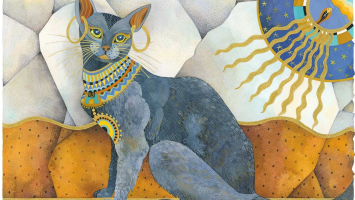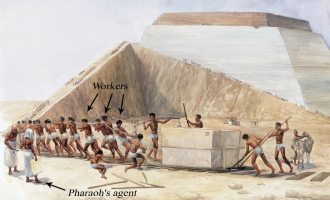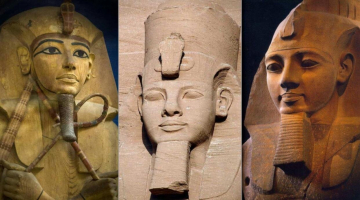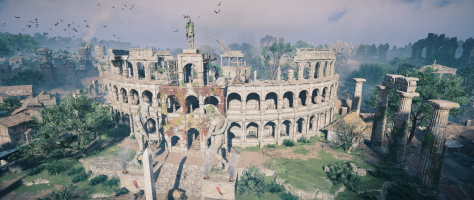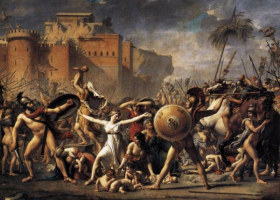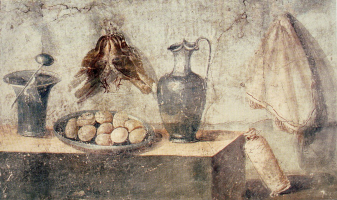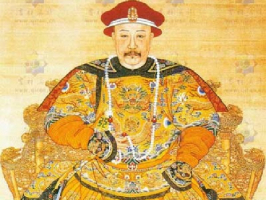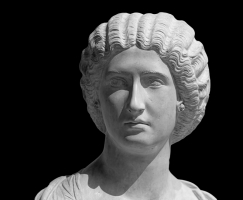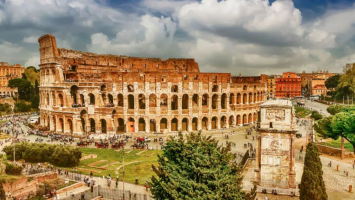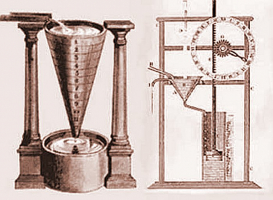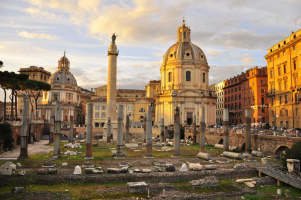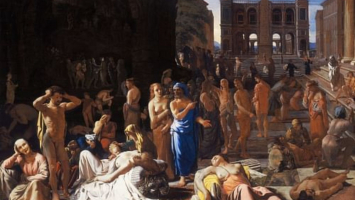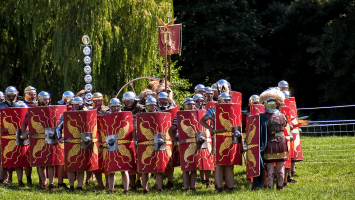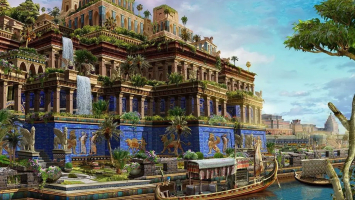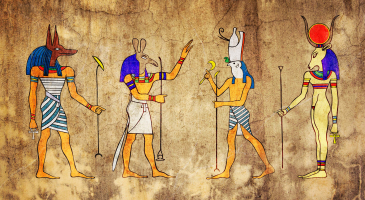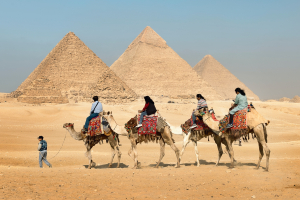Top 10 Plagues of Ancient Egypt
Egypt is known for its historical human civilization. Referring to ancient Egypt, we will probably think of a series of great works, and highly developed ... read more...civilization achievements. However, according to many religious documents, this empire was significantly weakened after God brought down the plagues of Ancient Egypt. Like the plagues of Ancient Egypt recorded in the Bible, even a rich power, with a mighty army, without the protection of God, will be destroyed in an instant.
-
One of the plagues of Ancient Egypt was when the waters of the Nile turned to blood. The Nile was the source of life for Egypt, and so this plague caused absolute disaster across the country. God used Moses and Aaron to cause this plague. He took them to the banks of the Nile, where Aaron raised his staff and struck the water, then turned it into the blood. This plague caused all the fish in the river to die and a stream of blood flowed throughout Egypt. This epidemic lasted all week. The water turned to blood - the fish in the river died and the Egyptians could not drink the foul water.
The water turned to blood is a judgment against Apis, god of the Nile, Isis, goddess of the Nile, and Khnum, protector of the Nile. The Nile is also said to be the bloodline of Osiris, who is reborn each year when the river floods. The river, the basis of daily life and the national economy, has been devastated, as millions of fish die in the river and the water becomes unusable. Pharaoh was told, “By this, you will know that I am the LORD” (Exodus 7:17).
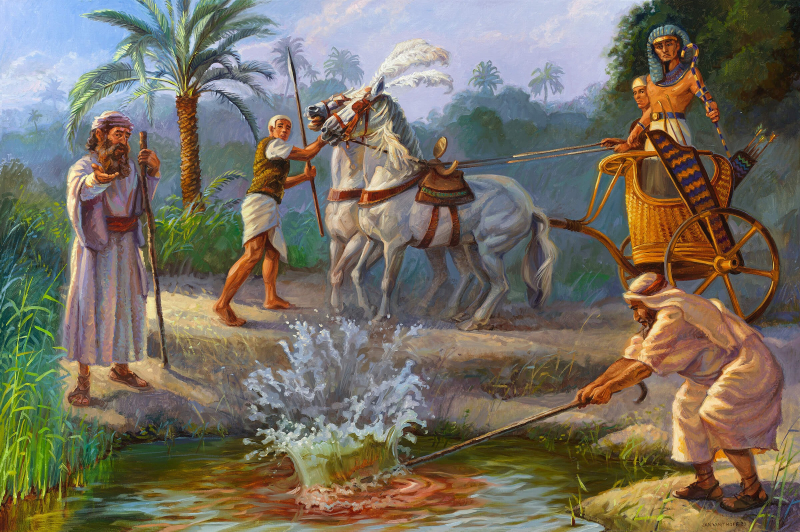
Source: gospelimages.com 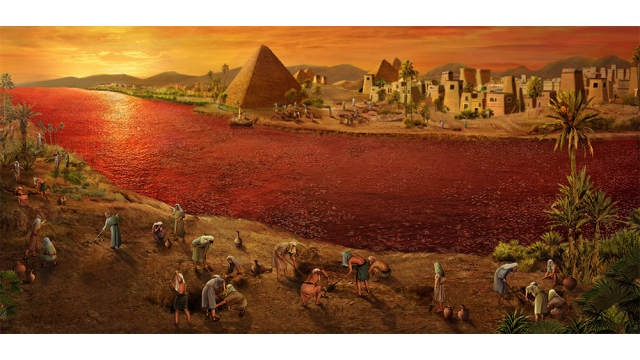
Source: testifygod.org -
The plague of frogs that frogs spill over every inch of land, and get into houses and bedrooms. One of the most dangerous plagues of Ancient Egypt, which brought frogs from the Nile, was a judgment against Heqet, the goddess of the human head of frogs. Frogs are considered sacred and must not be killed. God had frogs invade every part of the Egyptians' homes, and when the frogs died, their foul bodies piled up in irritating heaps all over the land (Exodus 8:13). -14).
The plague of frogs sounds tame compared to the river of blood, but it's pretty gruesome. Aaron stretched out his hand from the waters of Egypt, and the frogs began to swarm all over the land. The Bible says that they are frogs everywhere, covering every land in sight. Wherever they went, the Egyptians would meet a flock of hoarding frogs. Pharaoh could not believe his eyes and asked Moses and Aaron to pray to God to remove the frogs out of Egypt. He promised that, if the plague was gone, he would let the Israelites go. God got rid of the frogs of Ancient Egypt, but Pharaoh didn't close his deal, and the Israelites were enslaved.
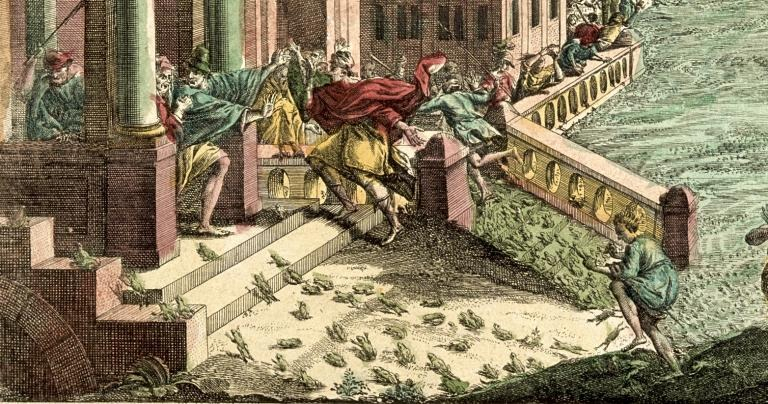
Source: sephardicu.com 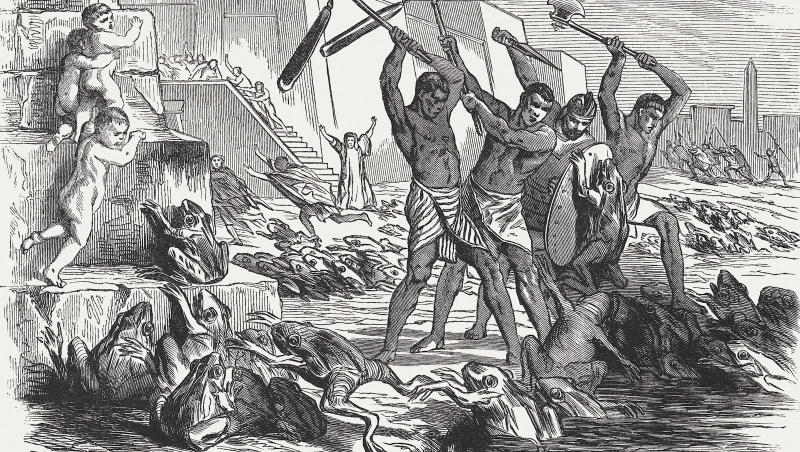
Source: myjewishlearning.com -
The plague of lice or gnats is judgment for Set, the god of the desert. Unlike previous plagues, the magicians could not copy it and declared to Pharaoh, “This is the finger of God” (Exodus 8:19). On the body of the Egyptian people and their livestock suddenly appeared a lot of lice, making people uncomfortable and frustrated. This plague also targeted the religious leaders of Egypt, the magicians, and the priests of Egypt, who kept themselves clean, they were especially abstaining from lice. Egyptian priests even cut off their eyebrows and eyelashes to keep them free of parasites.
When Aaron hit the dust with his stick, a lineage of bugs, thought to be lice or gnats, swarmed Egypt. The people of Egypt were tormented by these bugs, completely unable to get rid of them, no matter where they went. However, Pharaoh refused to let the Israelites go. Plague of lice or gnats is classified as plagues of Ancient Egypt. The plague of lice or gnats is considered one of the plagues that made the ancient Egyptians more fearful and believed in divine punishment. This plague was a real nightmare for the religious leaders of Egypt and they were completely powerless to stop it, this is recorded in the bible.
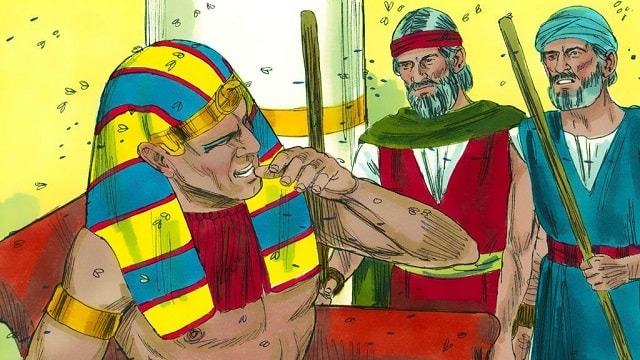
Source: rainbowtoken.com 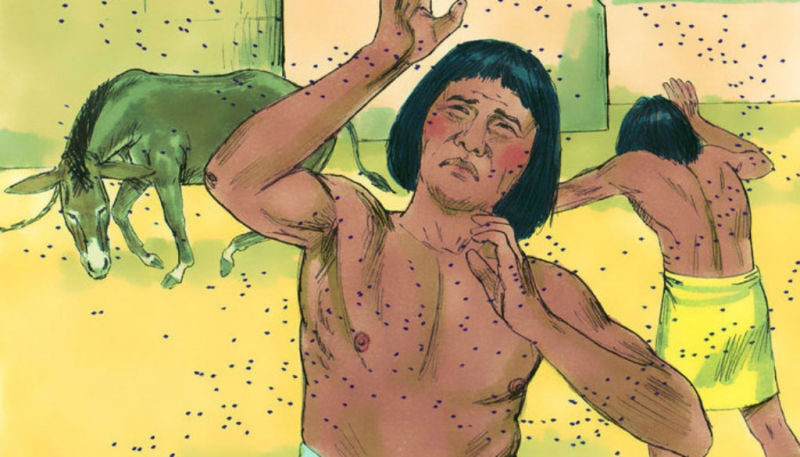
Source: rainbowtoken.com -
The plague of flies is a judgment for Uatchit, the god of flies. During this plague, God made a clear distinction between the Israelites and the Egyptians, for no swarm of flies bothered the Israelites' territory (Exodus 8:21–24). Flies gathered in swarms and flew into palaces and people's homes. Everywhere you feel the filth. However, it is strange thing that where the Israelis live, there are no such gatherings of flies.
Plagues of Ancient Egypt on the subject of vermin, after Pharaoh once again refused to let God's people go free, God sent a plague of flies throughout Egypt. The whole of Egypt was overrun by these hateful winged insects, except for the land of Goshen because this was where the Israelites lived. In Egypt insects were part of the royal title of Pharaoh, bees were considered tears of the sun god, and the Egyptian god Khepri was depicted with the head of a scarab… so this plague is also the judge for the various gods associated with flies and insects including the goddesses Wadjet, Iusaaset and related gods. Flies decorate ceremonial objects; the Pendant of a soldier who is an Egyptian general is decorated with a picture and the line "Order of the Golden Fly". The fly is a symbol of relentless determination and bravery.
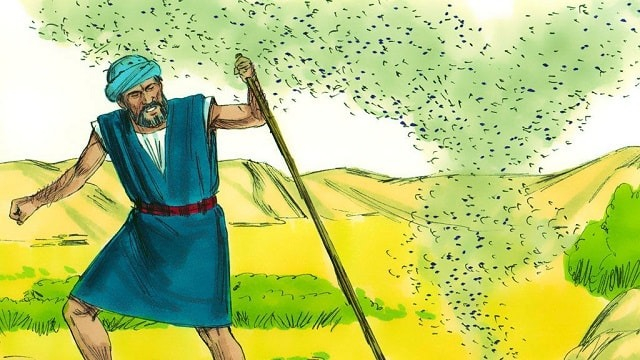
Source: berean-to-berean.com 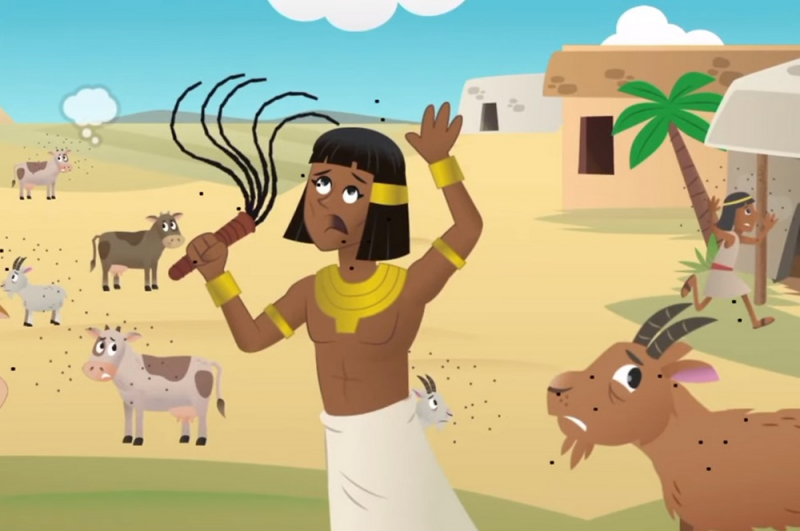
Source: catholicteacherresources.com -
Plagues of Ancient Egypt, the plague of livestock, is a judgment on the goddess Hathor and the god Apis, both depicted as cattle. As with the plague that preceded it, God protected His people from the plague, while the Egyptians' livestock died. God is slowly destroying Egypt's economy while showing His ability to protect and provide for those who obey Him. Pharaoh even sent investigators (Exodus 9:7) to find out if the Israelites suffered along with the Egyptians, but the result was heartbreaking. He was against the hardline Israelites.
The plague of livestock killed all domestic animals in Egypt. In biblical times, people's livelihoods would depend on their animals, and so this plague would be especially devastating. To add to the grief of the Egyptians, they had to see the Israelites' animals unharmed while they dug their own graves. The plague struck many of the animal gods of Egypt, this time its attacks mainly on cattle and animal gods. At that time in Egypt, most of the gods were in the form of some animal and were worshiped in the temples of Egypt. Of particular importance is the cow goddess Hathor, this daughter of Ra is called "the mother of the pharaoh". And also here, at different times, the Egyptians once worshiped a living bull named Apis, representing the famous god Apis, "son of Hathor" and the embodiment of the Pharaoh himself. At that time, when the Bible said that "all animals died" implying that the bull Apis, the representative god, also died at this time, this was a fatal blow to the Pharaoh.
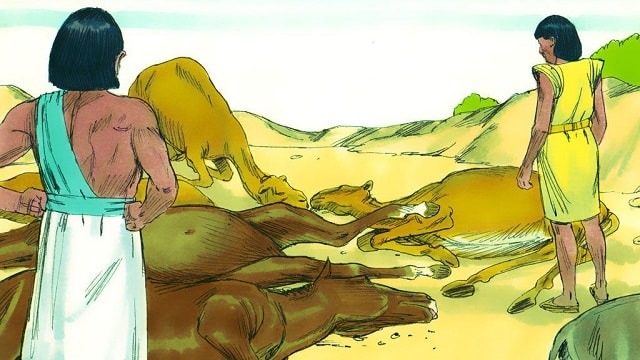
Source: bibleinfo.com 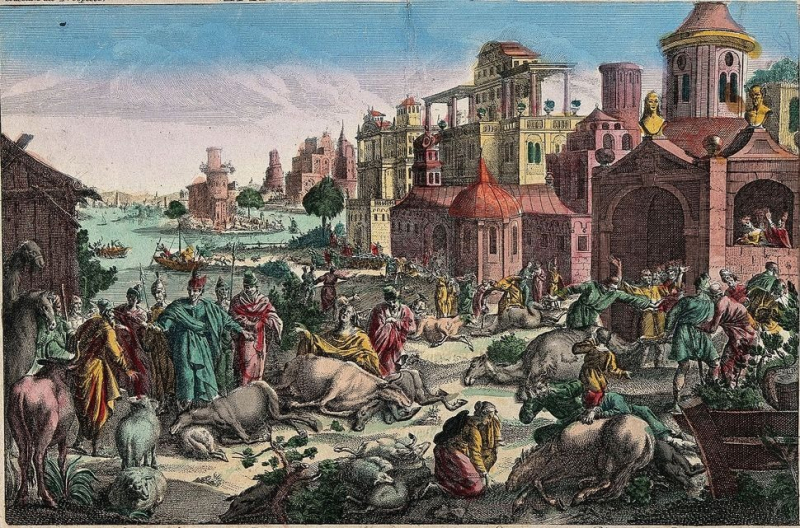
Source: sephardicu.com -
The plague of boils is the judgment of certain gods of health and disease (Sekhmet, Sunu, and Isis). This time, the Bible says that the magicians “could not stand before Moses because of boils.” - terrible and painful boils appeared on all the Egyptians and their livestock. The pain was so bad that when the Egyptian witches tried to stand before Moses, they couldn't. Clearly, these religious leaders were powerless before the God of Israel.
This plague is perhaps the most terrifying of the plagues of Ancient Egypt. The plague of boils caused the people of Egypt to develop terrible boils all over their bodies. The pain must have been unbearable. The Egyptians were not the only ones who suffered, as Egyptian animals also suffered from boils. There are many pimples and blemishes on the body of humans and animals. Many shamans and witches also find it challenging to get up because their whole body has painful sores and pimples. Therefore, the Egyptians became numb and blistered from the same source of suffering for the Jews as God's retribution. The plague of boils really plagued the country, forcing people to lie in their beds. But even a painful bout of sores wasn't enough to change the Egyptian king's mind.
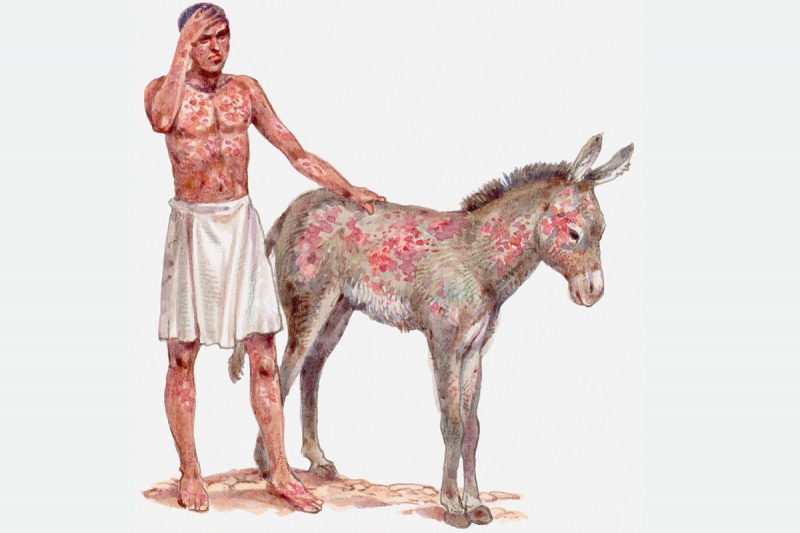
Source: blog.ninapaley.com 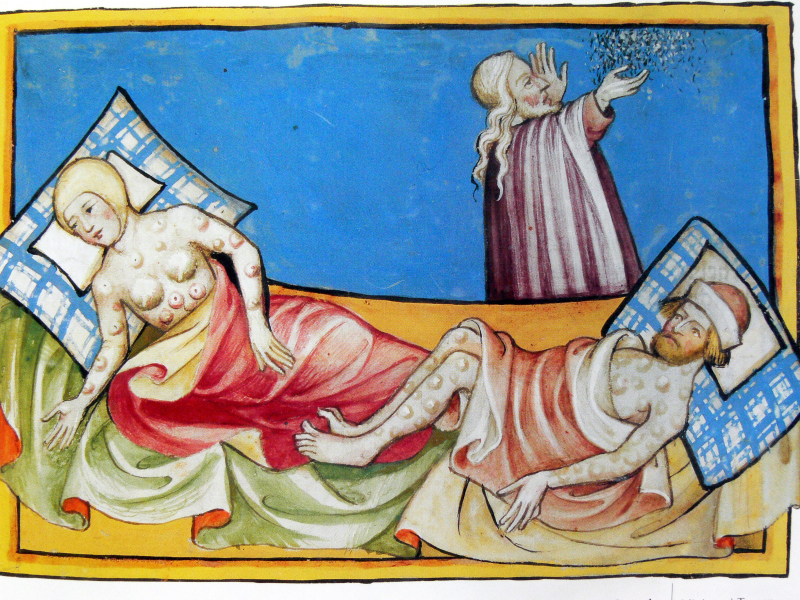
Source: blog.ninapaley.com -
The plague of hail is known for the hailstorms that fell on the people of Egypt. This plague-related hail was nothing like the hail we see today. The Bible describes the hailstorm that rained down on Egypt like giant ice balls, so destructive that not a single living thing was healthy. Some were wise enough to seek shelter inside, but those were not killed on the spot. Pharaoh promised to let God's people go if the plague ended. God stopped the hail, but Pharaoh did not let the Israelites go free. This plague attacked the Egyptians' beliefs about the afterlife. Burning was considered the worst punishment for the Egyptians. Nobody has anything to mummify, which means no afterlife.
The plague of hail attacks Nut, goddess of the sky; Osiris, god of fertility; and Set, the storm god. Accompanying it was a flame that ran along the ground, and everything left outdoors was ravaged by hail and fire. Once again, the children of Israel were miraculously protected, and no hail damaged anything on their land. It was the largest hailstorm in Egypt since its founding - the plagues of Ancient Egypt. Everything on the earth including people, livestock, and trees, was submerged and destroyed, but the place where the people of Israel lived did not meet this situation.
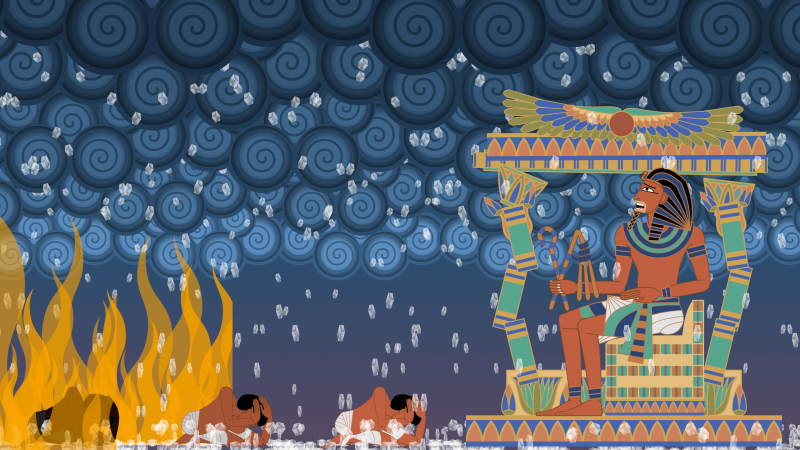
Source: churchofjesuschrist.org 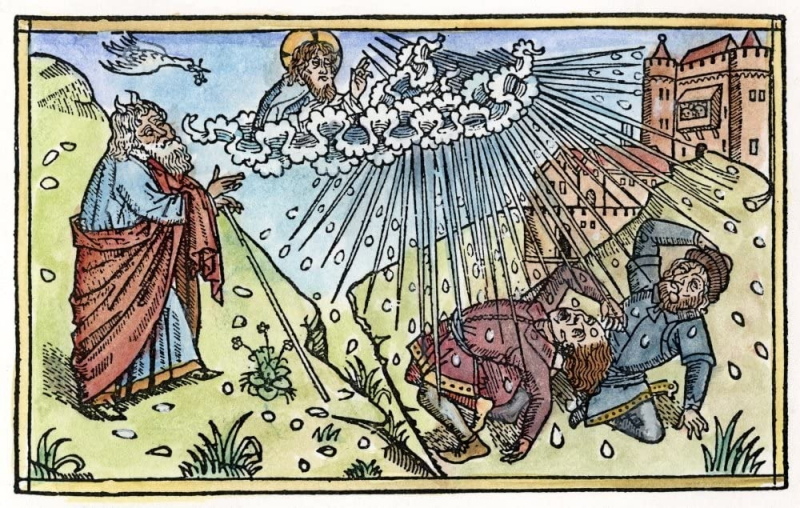
Source: churchofjesuschrist.org -
One of the Plagues of Ancient Egypt - the plague of locust focuses on the gods Nut, Osiris, and Set. The crops that followed, wheat and rye, which had survived the hailstorm, were now devoured by swarms of locusts. That year in Egypt there will be no harvest. Grasshoppers, grasshoppers covered the sky, wherever they passed, there was no longer anything blue. This plague struck a number of important crop gods, including the grain gods Neper, Nepri, Heneb, and Renenutet, as well as Isis and Set, two gods responsible for protecting the nation's crops. In addition, with crops completely destroyed, the people of Egypt now face the prospect of starvation.
The plague of locusts was played out by Moses raising his arm to the sky and a wind from the East carrying a swarm of locusts into Egypt. It is said that the number of locusts is so great that the sun is completely obscured. The insects have created a path of destruction across the land. Pharaoh begged Moses and Aaron once more to pray for an end to the plague. Moses agreed, and God sent a wind from the west to drive away the locusts. However, once the plague was God, Pharaoh's heart hardened again, and he refused to let the Israelites go.
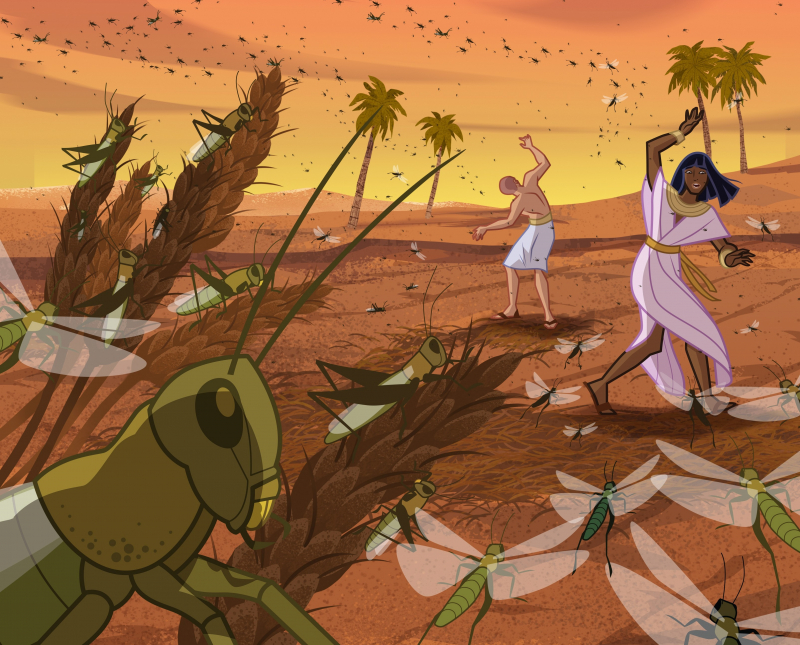
Source: rainbowtoken.com 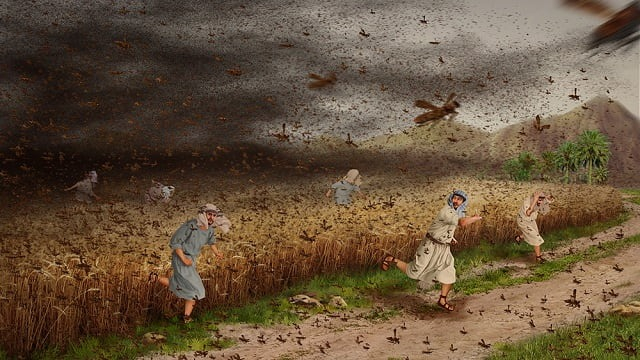
Source: rainbowtoken.com -
The plague of darkness is aimed at the sun god, Re, who is symbolized by the Pharaoh himself. For three days, the land of Egypt was in great darkness, but the house of the Israelites had light. The Egyptians worshiped the Sun God very much, and when they discovered that the Sun God was no longer protecting them, they were all worried and afraid and could not help but reflect on their sins. The darkness was also a warning to Pharaoh, who was considered “the son of the sun.”
The plagues of Ancient Egypt cast a cloak of darkness over Egypt. This darkness lasted several days. During the plague of darkness, the Egyptians trembled because they could not see a single ray of light throughout the land. The Israelites continued to be normal during this time in the land of Goshen, where the light remained. There was no sun for three days and three nights in a row, a thick night covered the sky, and even if you raised your hand, you couldn't see your fingers. Everyone who met each other did not recognize each other, and no one dared to leave the house. When darkness prevailed, Egypt's greatest, most powerful god appeared, completely powerless.
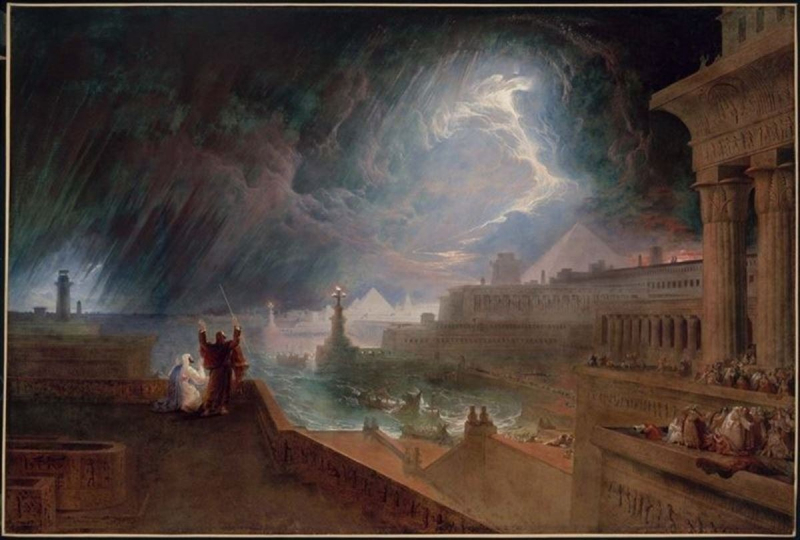
Source: api.time.com 
Source: thoughtco.com -
The plague of the firstborn is the verdict for Isis, the protector of children. During this plague, God was teaching the Israelites a profound spiritual lesson about Christ. Unlike other plagues, in which the Israelites survived because of their identity as God's people, this plague required faith. God commanded each family to take a ram without blemish and kill it. The sheep's blood was to be smeared on the heads and sides of their doors, and the lamb was to be roasted and eaten that night. Any family that does not follow God's instructions will suffer the final plague. God described how He would send the destroyer through the land of Egypt, with the command to kill the firstborn son in every family, whether human or animal. The only protection is the sheep's blood on the door.
In the plague of the firstborn, when the Israelites found God's protection in their homes, every other house in the land of Egypt experienced God's wrath as their loved one passed away. This sad event caused Pharaoh to finally release the Israelites. The plagues of Ancient Egypt brings lessons and fears to the people of Ancient Egypt. It was a decisive blow to the nation, especially at a time when first-borns were revered.
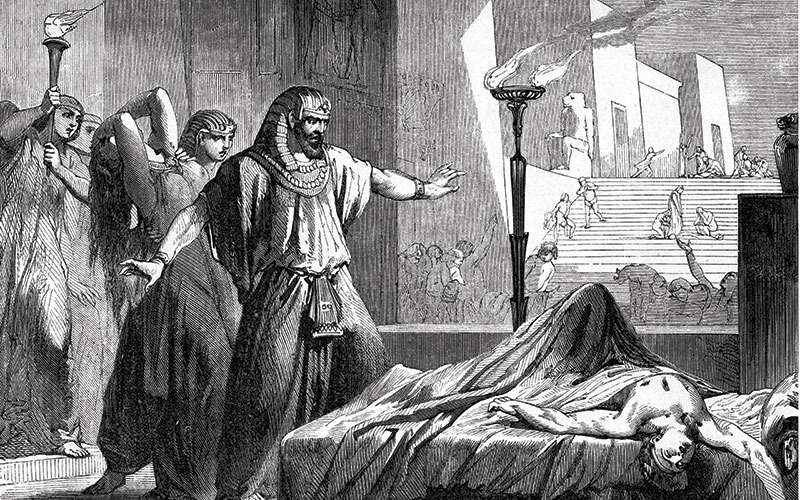
Source: thoughtco.com 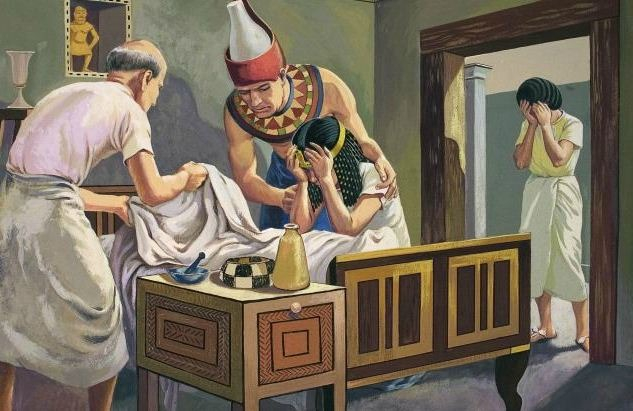
Source: thebiomedicalscientist.net












